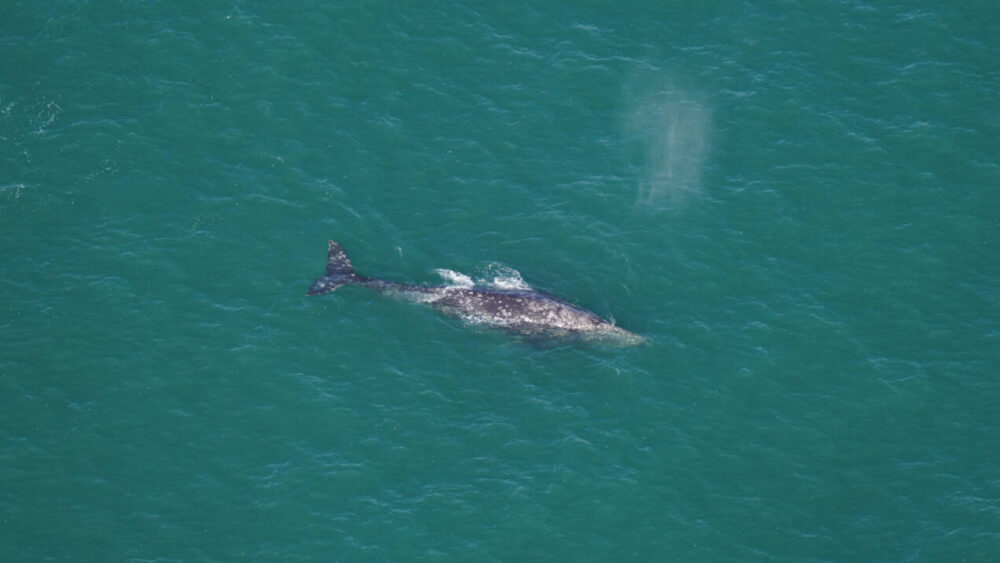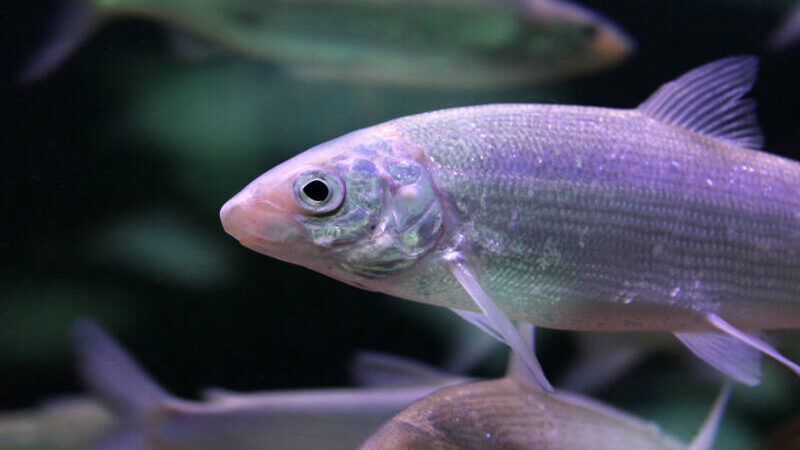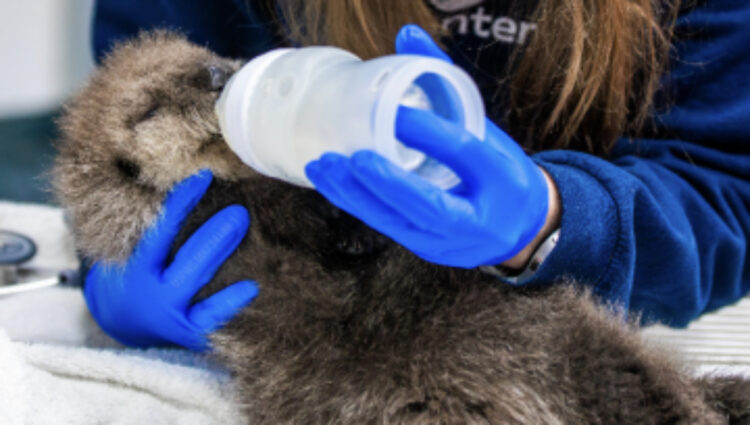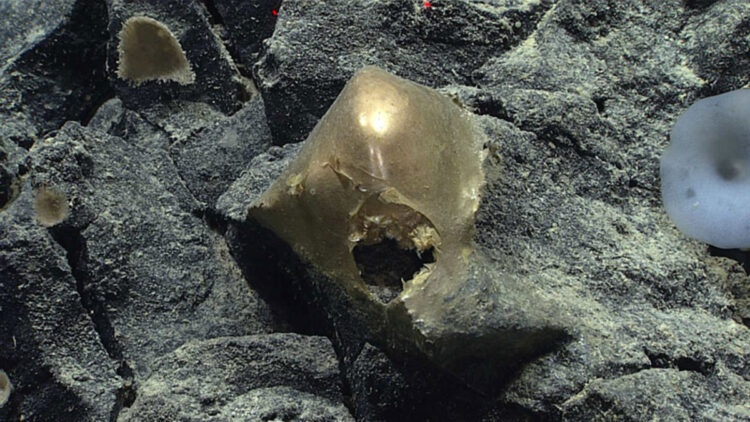Waves lit up in blue are rolling onto California’s beaches right now
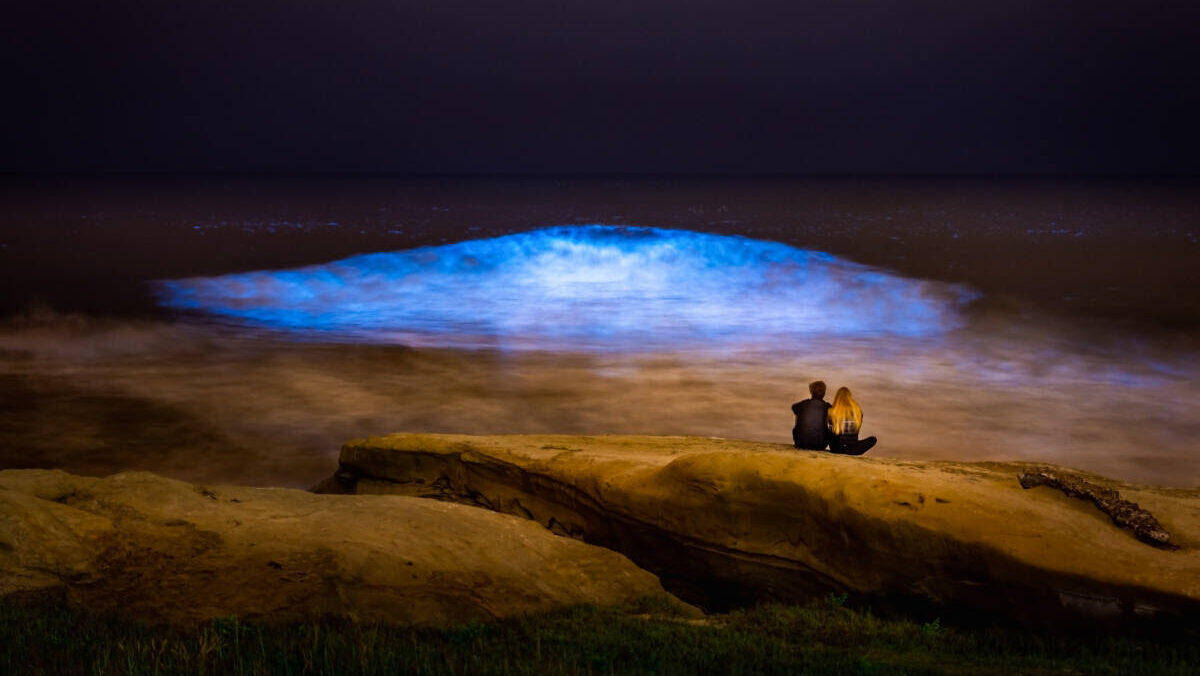
California’s beaches are a little extra beautiful these days, and it’s all thanks to something called bioluminescent algae. These are tiny marine phytoplankton that grow on the surface of the ocean, emitting a glowing blue color that makes waves appear to be fluorescent.
Surfers and beach goers have been capturing gorgeous, nighttime scenes of otherworldly swells breaking on dark beaches. Many are posted on TikTok with the hashtag California Bioluminescence 2024.
In some of the videos, like this one from @iheartthepups, dreamy, spiritual music plays over gorgeous ocean scenes:
@iheartthepups Bioluminescence, a chemical reaction most commonly seen in marine organisms, causes light to emit from living things. When these organisms are moved by waves or the paddle of a kayak or canoe, the light becomes visible. Most marine and land organisms’ bioluminescence appears blue-green, however, some land species, such as fireflies, beetle larvae, and even mushrooms, also glow yellow. #bioluminescence #2024 #longbeach #ocean #waves #glow #fyp #foryou #viralvideo ♬ Oceans – Kenna Childs
MORE: Why are there marine fossils at the top of Mount Everest?
According to Clarissa Anderson, director at the Southern California Coastal Ocean Observing System, the algae in bloom right now are dinoflagellates, and most of it comes from one particularly vibrant species called Lingulodinium polyedra. The dinoflagellates appear red during the day — they’re relatives of the illness-inducing red tides that Floridians and Californians alike are familiar with — but turn blue when they are agitated (by, say, crashing waves) at night.
Like some fish, jellyfish and other organisms in the ocean (there are even bioluminescent sharks), and just like lightning bugs on land, the algae emit their light through energy-releasing chemical reactions. It can be used for communication, predator detection or protection. The bioluminescent algae in California can produce a toxin, but Anderson told The New York Times in an email that it’s “not particularly potent or harmful to wildlife or humans.”
Blooms of this algae typically happen in summer and fall, but whale watching boat tours have been capitalizing on the phenomenon this winter, offering night trips for sightseers to take in the surreal beauty.
“It’s just something that fills a lot of emotions in people, it is so otherworldly when you’re seeing it in person,” Jessica Roame, a spokesperson for Davey’s Locker Whale Watching tour company, told the Orange County Register. “It’s hard to predict when or where these tiny plankton will bloom, or how long it will stick around, which is one reason this is so cool to be happening right here within range of our boats.”
If you’re in Orange County, you might still be able to take advantage of this rare opportunity to see pelicans and dolphins frolicking in neon blue waves. Tickets for the boat excursions are $35. Check the tour’s site, Davey’s Locker, for future dates.


